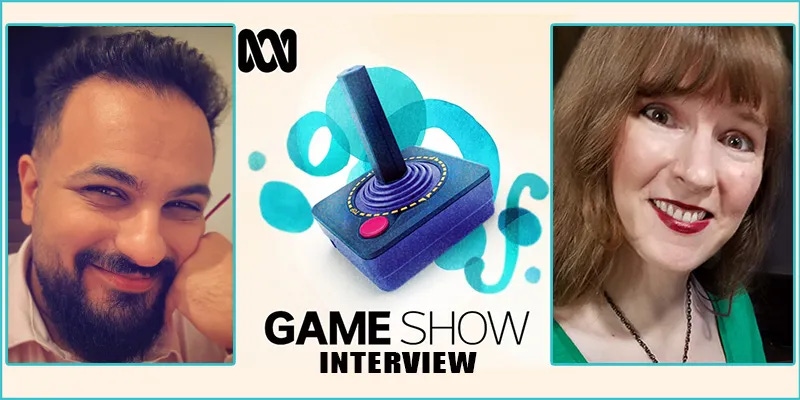
By Winifred Phillips | Contact | Follow
Welcome! I’m video game composer Winifred Phillips – my latest is the music for the bestselling remake of Wizardry: Proving Grounds of the Mad Overlord (listen and download the award-winning soundtrack for free). Today I’m pleased to present the final installment of my three-part series based on my interview with Meena Shamaly, the host of the Game Show on ABC Classic (the Australian Broadcasting Corporation). Meena Shamaly brings all his knowledge as an accomplished composer, producer and performance artist into his role as interviewer and host, and I was honored to be an interviewee for his awesome show! An audio recording of the full uncut interview is hosted right now on the ABC Classic web site. I’m including the full written transcript of that interview here, along with some supporting links and media files to expand on the topics discussed. In part one of this series, Meena and I reflected on the journey a new composer takes to break into the video game industry, along with the “always say yes” philosophy that can help new composers as they pursue their first break. In part two, we discussed the unique role that music plays in video games. Now, in the third and final installment, we’ll be discussing the impact of music on a gamer’s experience, and how game music weaves itself into a gamer’s life.
.webp?width=700&auto=webp&quality=80&disable=upscale)
Meena: I want to ask you this. If you’ll indulge me –
Winifred: Okay.
Meena: If you had to sum up the idea of guiding game music composers – sum it up in two or three points – what would those points be? Knowing that of course it takes years of experience to really get your head around these. What does a composer need to keep in mind when writing video game music?
Winifred: Hm. That is cool. Two branching points. I think I can do this.
Meena: (laughs)
Winifred: (laughs) I’m going to give it a try.
Meena: Love it.
Winifred: The first thing I would say, just compositionally, is that game music reflects the inner monologue of the player.
Meena: Hmm.
Winifred: We’re in the players head. I think that’s the best way to think about what we do. We are essentially mirroring the journey mentally that players are having, and whether that’s in a very narrative game in which the player is pursuing objectives and interacting with characters and having adventures in that more linear narrative focus – or if it’s more of a puzzle game in which the player is solving more abstract problems and looking at a large playing field in which many simultaneous events are happening all the time and trying to absorb and logically assess the needs of the game and trying to figure it out. Whether it’s that kind of game, or a more narrative game, they have emotional and intellectual frames of reference. A center of focus. And they’re very unique! And I think the music plays the role of a mirror to that focus, to that mental state. I think when music is doing its best job, in terms of that sense of identity, it’s beautifully reflecting the mental cognition of the player. It’s helping the player to think and to solve problems, and it’s helping the player to empathize and to feel the momentum and the emotional arc of the story.
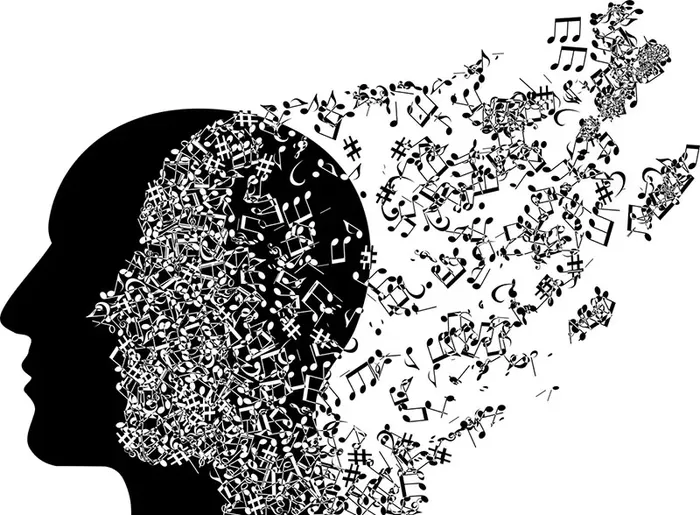
Winifred: So I would say that is the one of two things that game music is, that game music does.
Meena: Hmm.
Winifred: The other thing that game music does, that I think is really important, is that it can emphasize player agency in a really important way. When it’s structured well, music for games reacts to what players do. It can react in subtle ways that you don’t notice, or it can react in really dramatic ways that have impact, that kind of hit you in the chest.
Meena: Yeah!
Winifred: And depending on the way in which the music is structured, it can kind of reinforce the idea that players are in control, that they are affecting the world that they are exploring or that they are manipulating. That is really important to game development, to game design. Everything about a video game is about giving players a sense of agency – about making players feel powerful. Making their choices feel like they matter. So everything that everybody’s doing in game development is about emphasizing that. The more players feel that their choices affect the game, the more fun they’re having!
Meena: Yeah!
Winifred: Yeah! So that really influences the way games are developed. And with music, if we can communicate that idea on the level and with the language that we have at our disposal, we can almost subconsciously emphasize player agency – player choice – by letting the music morph and react to what the player does. It makes the emotional texture of the game feel like it cares about the player. Like there is a relationship there that is personal. That the player and the game are exploring this experience together.
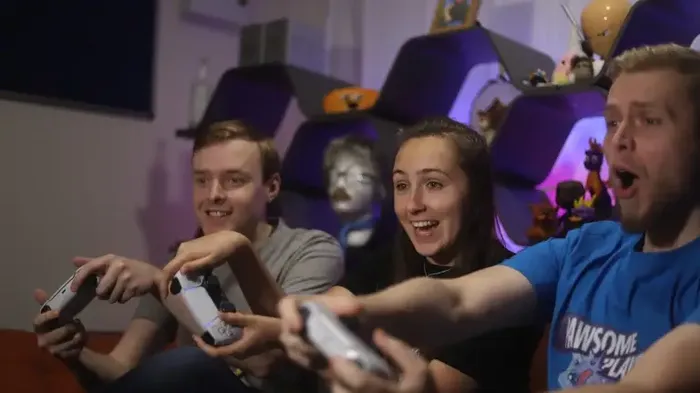
Winifred: And as a composer, it’s kind of like the composer and the player are having a conversation. Like we’re having a back-and-forth. So I think that’s the other thing that’s really important and pivotal about our role as game composers, and that makes our work as game composers different from composing music for any other form of entertainment, We have that back-and-forth. We have that relationship with the person who is consuming our art. And what they do influences how they experience what we do. So it’s really unique and interesting, and it makes our work a lot of fun.
Meena: It is beautiful, and your work is a lot of fun! I’ll say that for sure! Hopefully, this is a fun question. I imagine you’re updating this book in the years since you’ve written it. You’ve probably updated it a couple of times to reflect, you know, what’s happening in the world of video game music, and video games in general. If you had to rewrite this book in the year of our lord 2024, what are one or two very exciting things that you’d say, “Man, you all need to hear about this! You all need to get that this is happening, and keep this in mind in your future as game composers, or as people who want to make any sort of video game music.”
Winifred: You know, that is just so interesting! I actually keep a blog that I contribute to on a monthly basis. It is in concert with my book, so it allows me to continuously update the body of knowledge that I am offering as a part of that book, and to keep it fresh, and constantly add new ideas to it. And I think that’s really helpful, because game development is a technology, and you know how fast technology moves. It’s very difficult to write any book and expect it to be at the cutting edge of a technology by the time a book comes out! That’s part of the reason why when I wrote the book I focused more on core artistic principles rather than any technological guidance, because I knew that the technology was probably going to be out of date as soon as the book was released. That’s just the reality of it – just the way it works. But on the internet I was going to be able to speak to a community from a more immediate point of view, and so that has been special to me.

Winifred: And in terms of what I think is one of the more interesting and important contributions to what we’ve essentially been discussing… I think that as much as virtual reality is sort of on unstable ground in terms of the way in which its community is building… I think the impact it has had on the discipline of audio and music creation for games can not be overstated. It is a really fascinating change in terms of what we do. Just in terms of the audio designer and the sound designer, it has moved work into the areas of binaural sound and ambisonics. Now I’m going to back up. I know we don’t want to get too technical here. But the idea here is – when you’re watching a film, everybody is pretty familiar with surround sound. The idea that when you watch a film and the film presents the audio in a way that pinpoints sonic locations for objects as they’re flying around you. Of course surround sound is essentially a hula hoop around you.
Meena: Yeah. (Laughs)
Winifred: Yeah. If you visualize it that way. I mean, if you go into a movie theater, there can be a little bit of up-and-down (in terms of where speakers are placed), but mostly it’s just whipping around you like a hula hoop.
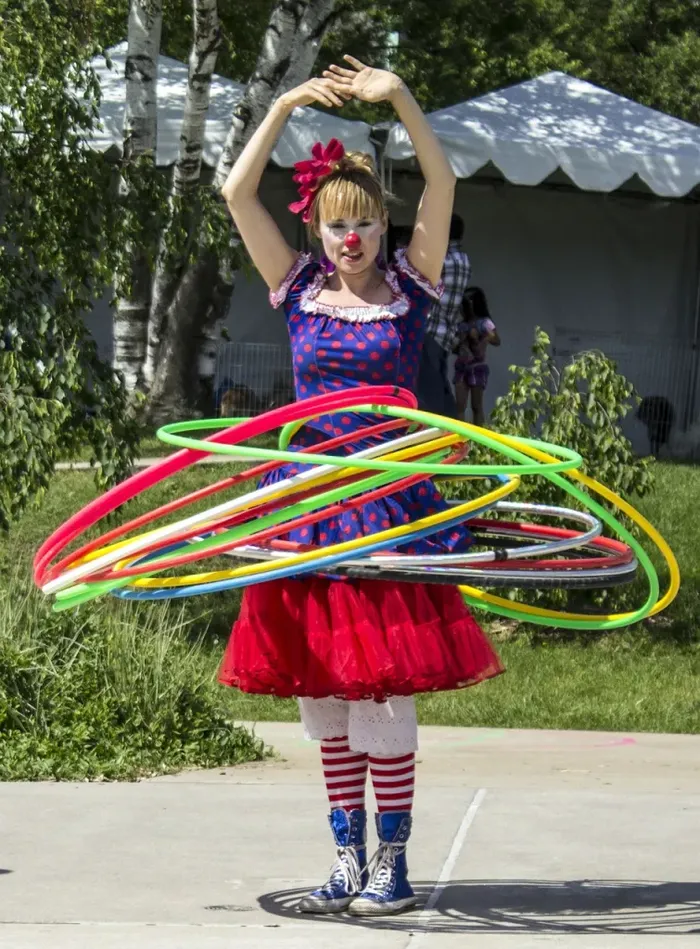
Winifred: The difference between surround sound and what virtual reality does is that it takes that hula hoop and spreads it out into a sphere that wraps you completely around, so that sound is pinpointed to exact locations – so that you can experience it in a way that is much more immersive and reflects actual life much more than surround sound ever has. The terms binaural sound and ambisonics – those are just two of the approaches to this kind of sound implementation. And those two approaches actually were being pursued quite a long time ago in the earlier days of game development. But then they sort of went to the wayside. There were certain issues with technology that kind of got in the way, and we ended up with surround sound (which is reflective of what happens in television and film) for quite a long time. And that’s where things stayed. But now we’re moving back into this complete sphere of sound, and it’s because of virtual reality.
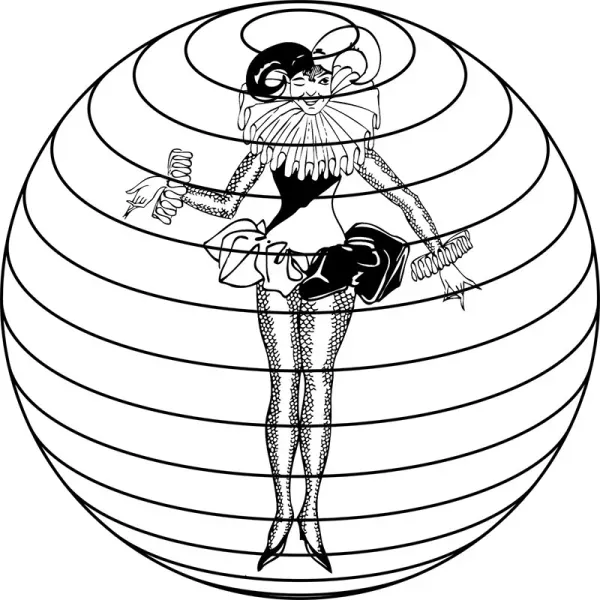
Winifred: That has essentially forced everybody’s hand – to really get serious about those technologies. You just can’t create an immersive virtual environment without that kind of 3 dimensional sound. And it’s challenged everybody in game audio to think differently about what we do – including game composers. In terms of just the discipline of composition, it’s been really interesting to look at ideas that are related to how music physiologically influences people. And to understand that, in relation to one of the big downsides of virtual reality – which is visually induced motion sickness. A lot of people, when they jump into virtual reality, they put the big goggles on, they start walking around, and suddenly they’re feeling very queasy.
Meena: (laughs) Yeah.
Winifred: It has to do with how our physical movement and the environment doesn’t seem to match.
Meena: Yeah.
Winifred: Our bodies want to say that the way we’re moving and the way the world is moving around us are congruous – that they agree. When they don’t, as is often the case in virtual reality, it sends our brains for a loop, and they don’t like it. So yeah, it’s tough.

Winifred: So one of the things that has been really interesting for me as a game composer is taking a look at how music affects us physiologically and how that can counteract visually induced motion sickness.
Meena: Hmm! Fabulous!
Winifred: Things like infrasound! The sound frequencies that can affect us. Some are steadying, and some make visually induced




































